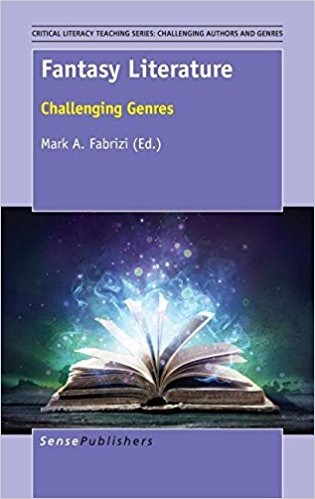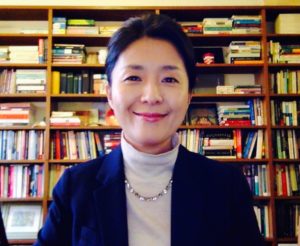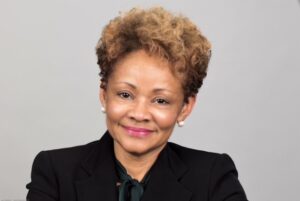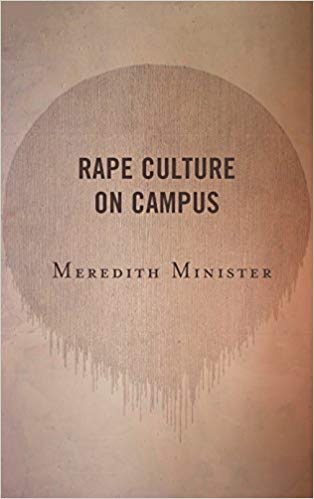critical pedagogy
Select an item by clicking its checkbox
At the heart of Paulo Freire’s critical pedagogy is the dictum of “reading the word and reading the world.” As a literacy specialist who worked with Brazilian peasants, Freire learned from these students the necessity of making the connection with their lived experience. Teaching for social change takes participants ...
On March 30, 2020, Daniel Prude, a 41-year-old Black man, died a week after being pinned to the ground by police officers in Rochester, New York, where our school is located. This incident sparked protests, with some former and current students serving as public street chaplains, providing prayers and spiritual support and ...
When I occupy the authoritative epistemological space, when I take my place, at the head of a biblical studies course as a black woman, I am conscious of the radicalness of my embodied performance, intellectually and physically. White men are considered by the majority of academics to be the quintessential ...
Date Reviewed: August 21, 2020
Rape Culture on Campus explores how existing responses to sexual violence on college and university campuses fail to address religious and cultural dynamics that make rape appear normal, dynamics imbedded in social expectations around race, class, gender, sexuality, and disability. Rather than dealing with these complex dynamics, responses to sexual violence on college campuses focus on implementing changes in one-time workshops. As an alternative to quick solutions, this book argues that long-term classroom interventions are necessary in order to understand religious and cultural complexities and effectively respond to this crisis. Written for educators, administrators, activists, and students, Rape Culture on Campus provides an accessible cultural studies approach to rape culture that complements existing social science approaches, an intersectional and interdisciplinary analysis of rape culture, and offers practical, classroom-based interventions. (From the Publisher)

Fantasy Literature - Challenging Genres
Date Reviewed: December 12, 2017
Although it is not immediately apparent from the title this is a book on pedagogy, and it contains many useful ideas for the teaching of religion and theology. Each of the chapters in this volume suggests a way in which teachers in secondary and university education can use popular works of Fantasy Literature to teach critical literacy. Fantasy Literature is difficult to define, but it is hard to deny the enormous influence it has had on popular culture. Rather than dismiss this literature as mere genre fiction, the authors of this book see the popularity of Fantasy Literature as an opportunity to reach and engage a variety of students in serious questions about race, gender, class, and privilege.
The book begins with a brief introduction that defines critical literacy broadly, noting that as a blanket term it encompasses Marxist, feminist, postmodern, and other critical theoretical discourses. Following this, most of the chapters in the volume focus on one or two works of Fantasy Literature, demonstrating how they can be used to teach an important concept in critical discourse. Here I will mention a few examples. In the first chapter Neil McGarry and Daniel Ravipinto assess the conservative, patriarchal, and heterosexist autocratic ideology at play in the works of J. R. R. Tolkien and George R. R. Martin. Given the current popularity of the latter’s works, this chapter could inspire a variety of pedagogical interventions. Martha Johnson-Olin reads a current text using historical example in her chapter, “Strong Women in Fairy Tales Existed Before Frozen: Teaching Gender Studies Via Folklore.” Several other chapters use the Harry Potter series: Editor Mark Fabrizi’s chapter uses Harry Potter to teach Machiavelli, while Claire Davanzo uses the actions of Dolores Umbridge and Cornelius Fudge, especially in Harry Potter and the Order of the Phoenix, to teach Marxist ideas about oppression and resistance.
While most of the chapters in the book examine one or a few works in light of one critical concept, Nathan Frederickson’s chapter follows a different approach, and is the chapter that would likely be of greatest interest to the readers of this site. In his chapter, Frederickson lays out his plan for a course on religion and Fantasy Literature that focuses on critical pedagogy. This course is divided into eight sections: (1) defining key terms, (2) colonialism, (3) capitalism, (4) perspectivism and pragmatism, (5) feminism and queer theory, (6) interrogating the self, (7) royal ideology and the monomyth, and (8) critical pedagogy and reflexivity. Frederickson provides annotated lists of suggested texts for each of these sections. He also helpfully breaks these lists into those works that are best suited for high school, undergraduate, and graduate classrooms, making this syllabus useful for a wide range of educators.
The syllabus chapter is particularly useful, but given its broad scope, it is likely that many teachers of religion will find helpful ideas and suggestions in this book for weaving popular culture and critical literacy into their courses.



